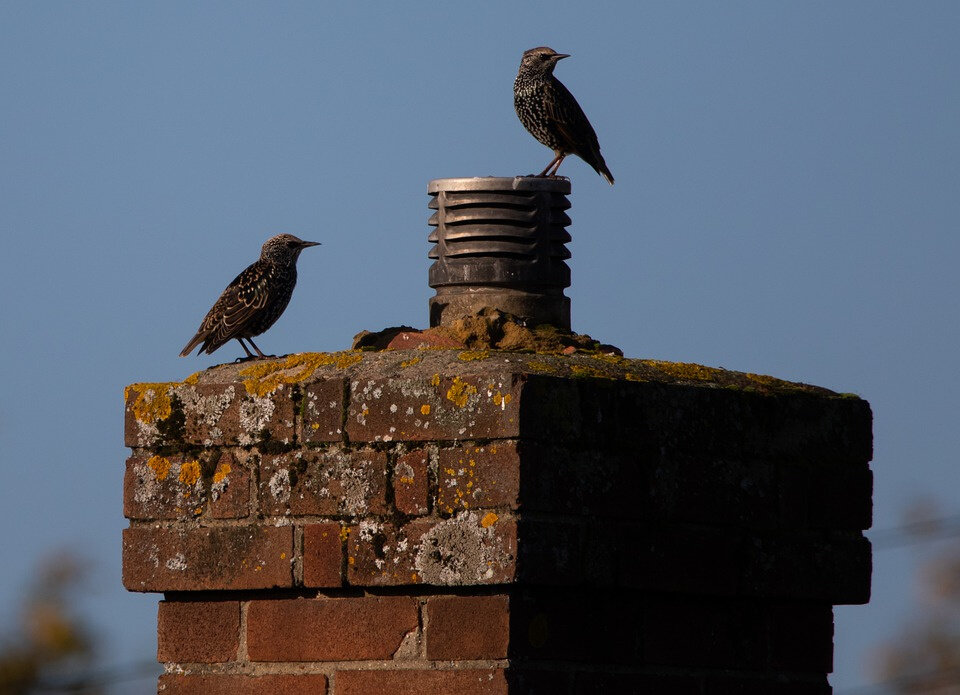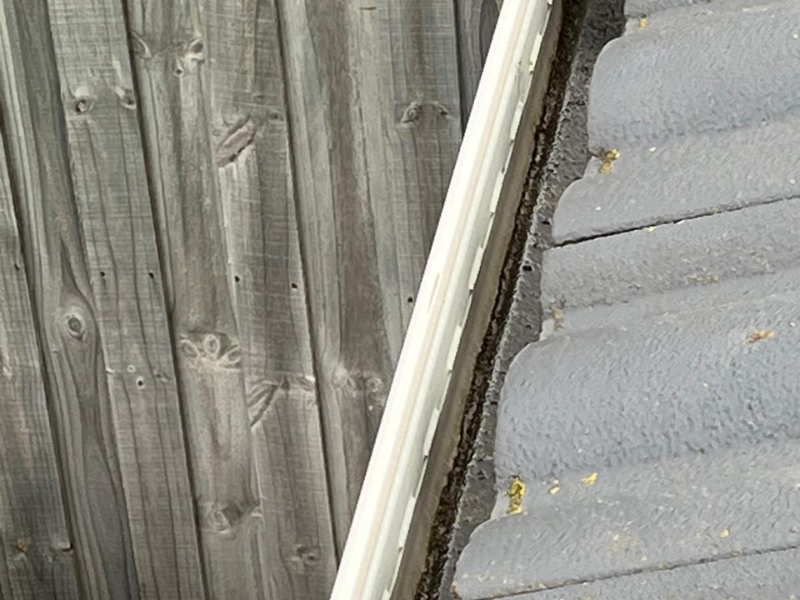
Have you ever heard odd scratching or rustling coming from your chimney? If so, you’re not alone. Many homeowners discover that birds, squirrels, raccoons, or even the occasional adventurous opossum have found their way into the chimney. While it might sound like a scene from a cartoon, having an animal stuck in your chimney is a real headache — for you and for the critter. If you’re thinking of tackling chimney animal removal yourself, or even if you’re hiring a pro, it’s important to know how to stay safe and avoid turning a small problem into a big mess. Let’s break down the must-know precautions for this tricky job, so you can protect your home, your family, and the animals themselves with proper Chimney Animal Removal.
Listen Before You Leap: Confirm What’s Hiding
Before grabbing a ladder or poking around the fireplace, pause and try to figure out what exactly is making that noise. Sometimes, what sounds like a bird might actually be a family of squirrels, or worse, a raccoon with babies. It’s a good idea to quietly listen for patterns — chirps, squeaks, or chattering — and try shining a flashlight up the flue to spot movement (keep a safe distance, of course).
- Never reach in blindly — you could startle a trapped animal, or get bitten or scratched.
- If you see babies, call a professional. Some animals, like raccoons, get fiercely protective of their young.
- If you see feathers, check local laws: removing birds (especially certain species) might be illegal without a permit.
The key here is not to rush. Take your time and do a little detective work. If you’re unsure, don’t be afraid to call a wildlife expert for advice — it’s better than risking injury or breaking the law.
“Kindness counts—even in a chimney. Safe, humane removal protects both your home and the wildlife that wanders in.”
Suit Up: Protect Yourself and Your Space
Even if the creature inside your chimney seems harmless, never forget that wild animals can carry diseases, parasites, or simply react unpredictably when scared. That’s why it’s smart to gear up before attempting any rescue mission. Here’s what I always recommend:
- Wear thick gloves: Leather or heavy-duty gloves protect you from bites, scratches, and grime.
- Cover your skin: Long sleeves and pants are a must, even in summer, to prevent accidental contact.
- Use a face mask and goggles: Chimneys are dusty, and animal droppings can harbor nasty germs. You don’t want to breathe that in or get it in your eyes.
- Lay down tarps or old sheets: Set these around your fireplace to make cleanup easier if the critter bolts or leaves a mess.
Also, make sure to keep pets and small kids out of the room when you’re working. The last thing you want is Fido or your toddler trying to “help” and getting in harm’s way. If you’re using any tools, like a chimney brush or extendable pole, double check that they’re clean and in good shape — you don’t want equipment breaking mid-rescue.
Safe and Gentle: The Right Way to Remove Animals
When it comes time to actually get the animal out, patience and a gentle touch go a long way. Here are a few friendly tips I’ve picked up:
- Open the damper: Sometimes the animal just needs a clear escape route. Open the damper and quietly leave the room — many critters will leave on their own if given the chance.
- Use a humane trap: If the animal won’t budge, consider using a live trap designed for small wildlife. Set it carefully in the fireplace (with some bait like fruit or peanut butter) and check it frequently.
- Never use fire or smoke: This might sound obvious, but some folks try to “smoke out” animals. Not only is this cruel and dangerous for the animal, but it could also lead to a house fire or fill your home with toxic fumes.
- If in doubt, call a pro: Some situations, like nests of babies or stubborn raccoons, really are best left to licensed wildlife professionals. They have the gear and experience to do the job safely.
After the animal is removed, always check for any leftover babies, and don’t forget to thoroughly clean and sanitize the area. Animal droppings can carry diseases, so use gloves and disinfectant, and toss any contaminated materials.
Prevention Pays Off: Keep Critters Out for Good
Once you’ve managed to get your unexpected guest out, you probably don’t want a repeat visit. There are a few simple steps you can take to keep your chimney animal-free in the future:
- Install a chimney cap: This is hands-down the best solution. A sturdy, mesh-covered cap lets smoke out but keeps animals from getting in.
- Inspect regularly: Take a look at your chimney at least twice a year — after winter and before the cold sets in again. Look for signs of damage or any loose bricks where critters could squeeze through.
- Keep tree branches trimmed: Overhanging limbs are like bridges for squirrels and raccoons. Cut them back so animals can’t easily jump onto your roof.
It’s also a good idea to keep an eye on your attic and roof for any new holes or signs of tampering. Animals are clever, and if they found a way in once, they might try again.
Chimney Animal Removal Service Costs
If you decide it’s safer or just more convenient to call in the experts, here’s a helpful table showing what you might expect to pay for common chimney animal removal services. Prices can vary by location and the complexity of the job, but this gives you a ballpark idea:
| Service | Description | Estimated Cost |
|---|---|---|
| Basic Animal Removal | Live removal of a single small animal (e.g., bird or squirrel) | $120 – $220 |
| Complex Removal (with Nests or Multiple Animals) | Removing a mother and babies or more than one animal | $200 – $450 |
| Chimney Cleaning & Sanitization | Deep-cleaning the flue to remove droppings and odor | $100 – $250 |
| Chimney Cap Installation | Fitting a new animal-proof cap on your chimney | $150 – $300 |
| Inspection & Prevention | Checking for entry points and giving prevention tips | $80 – $150 |
Wrapping It Up: Keep Your Chimney Safe and Animal-Free
Dealing with animals in your chimney can feel overwhelming, but with a thoughtful approach and the right precautions, you can make sure everyone — human and animal — stays safe. Always take a moment to figure out what kind of critter you’re dealing with and never rush. Protect yourself with gloves and a mask, use gentle methods, and remember that help from a professional is just a phone call away if things get complicated. Afterward, a little prevention goes a long way in keeping your home cozy and critter-free. Here’s to a peaceful, wildlife-free fireplace and the comfort of knowing you’ve handled things the right way!
Read More: Antioch Chimney Sweep



